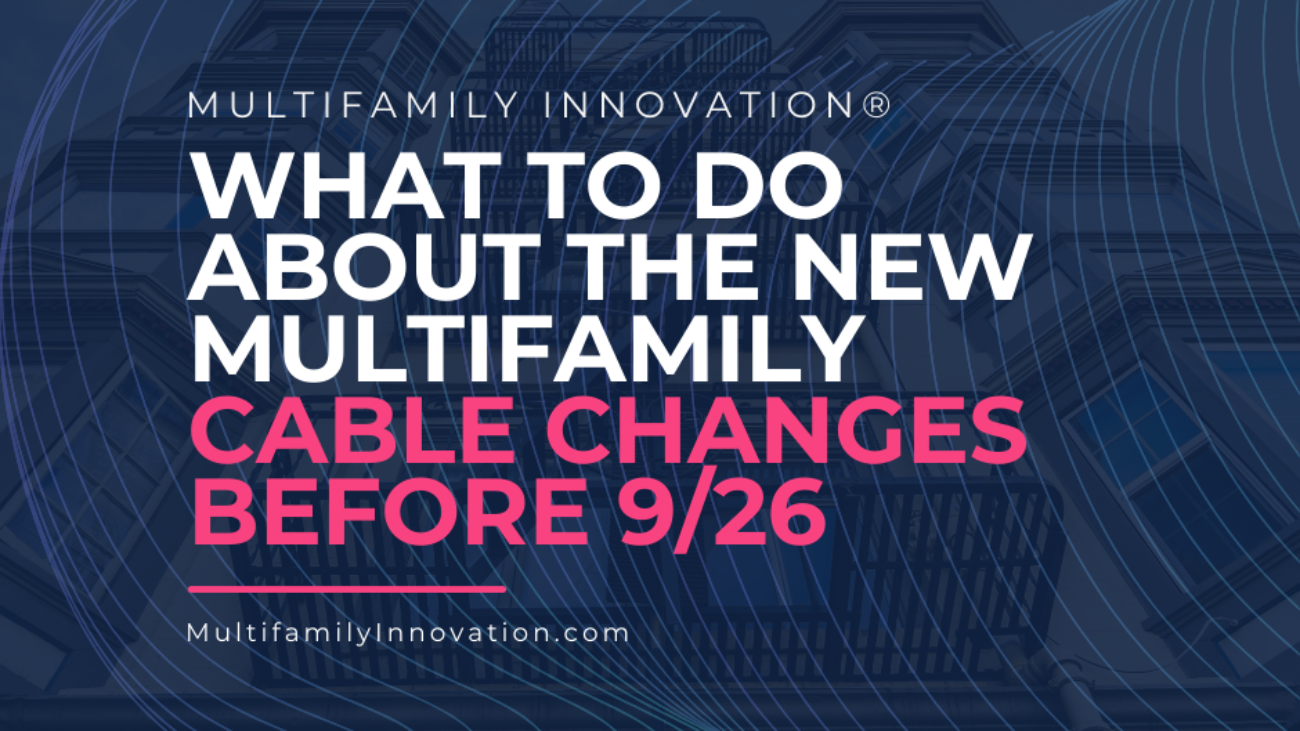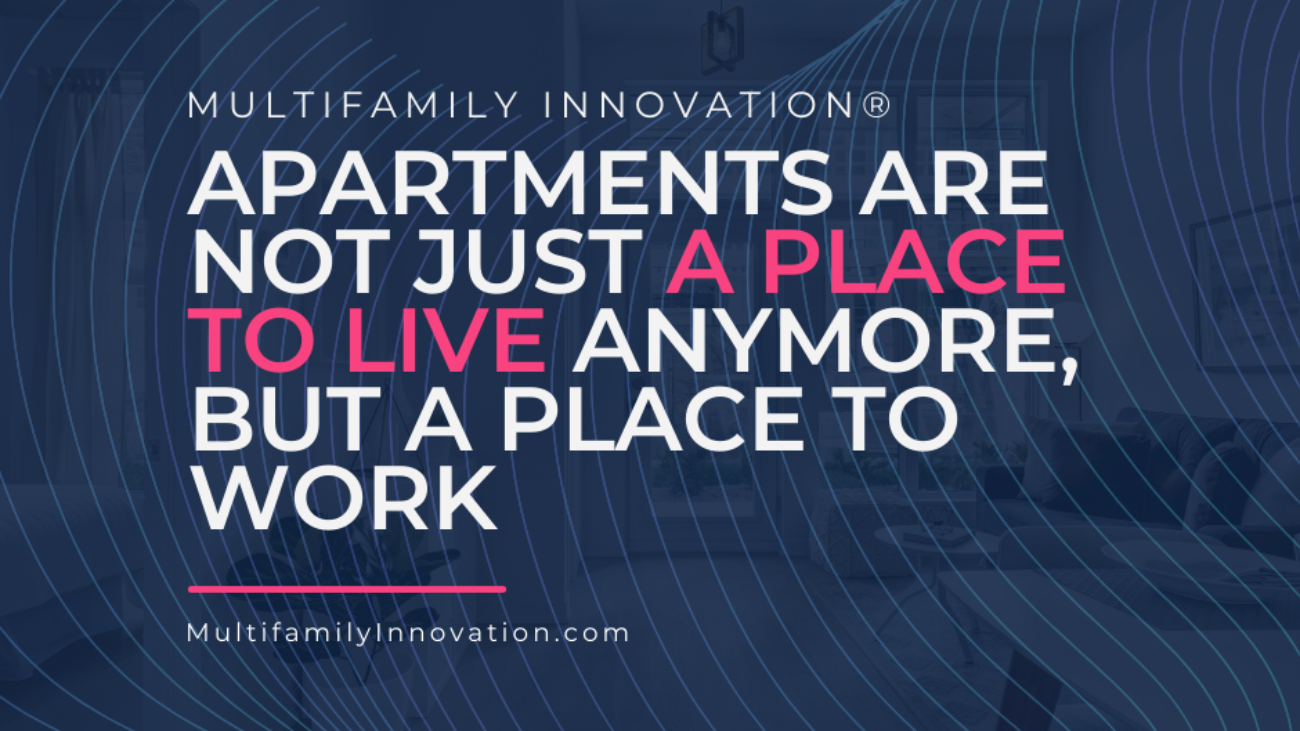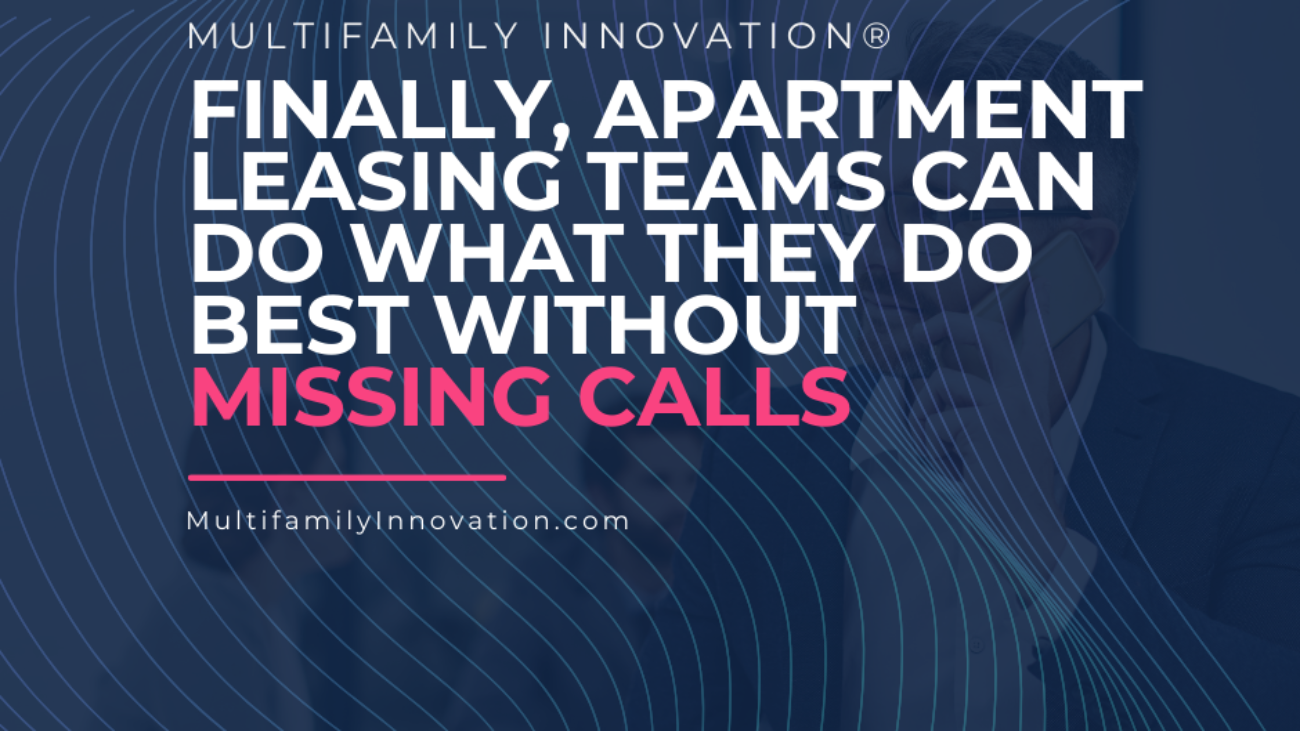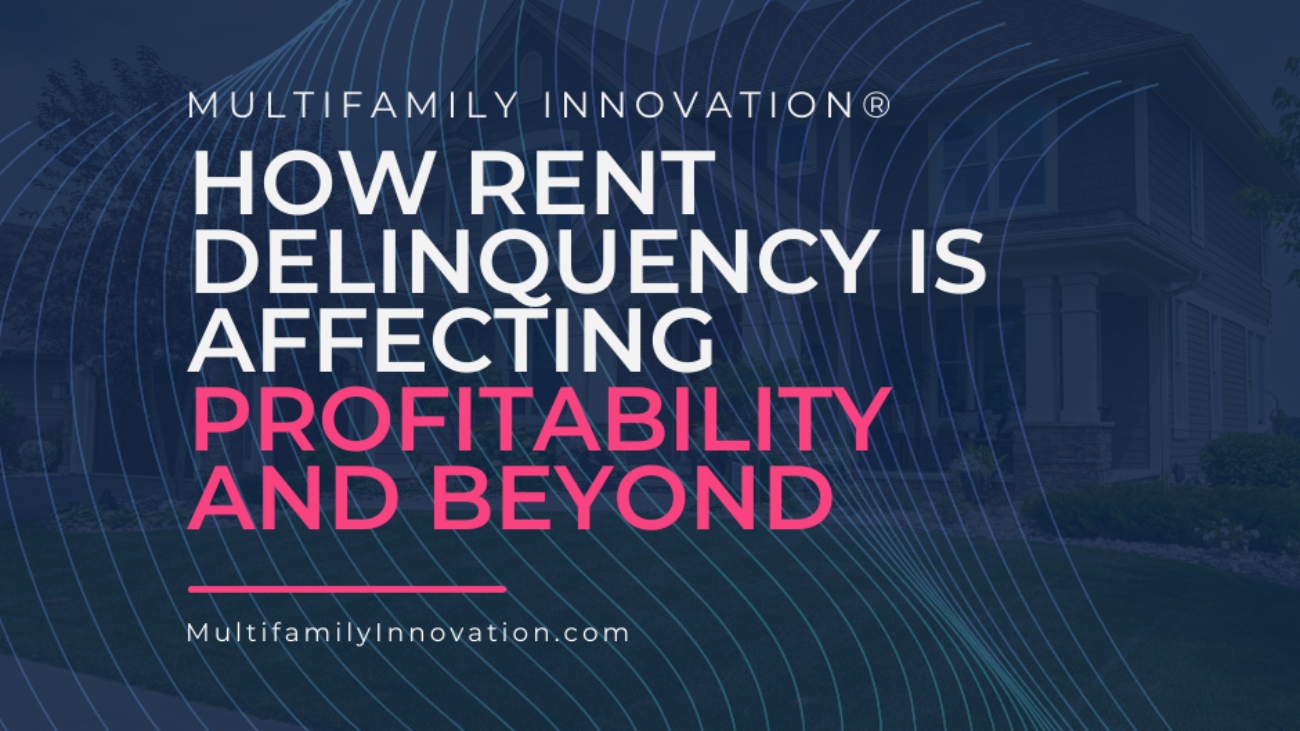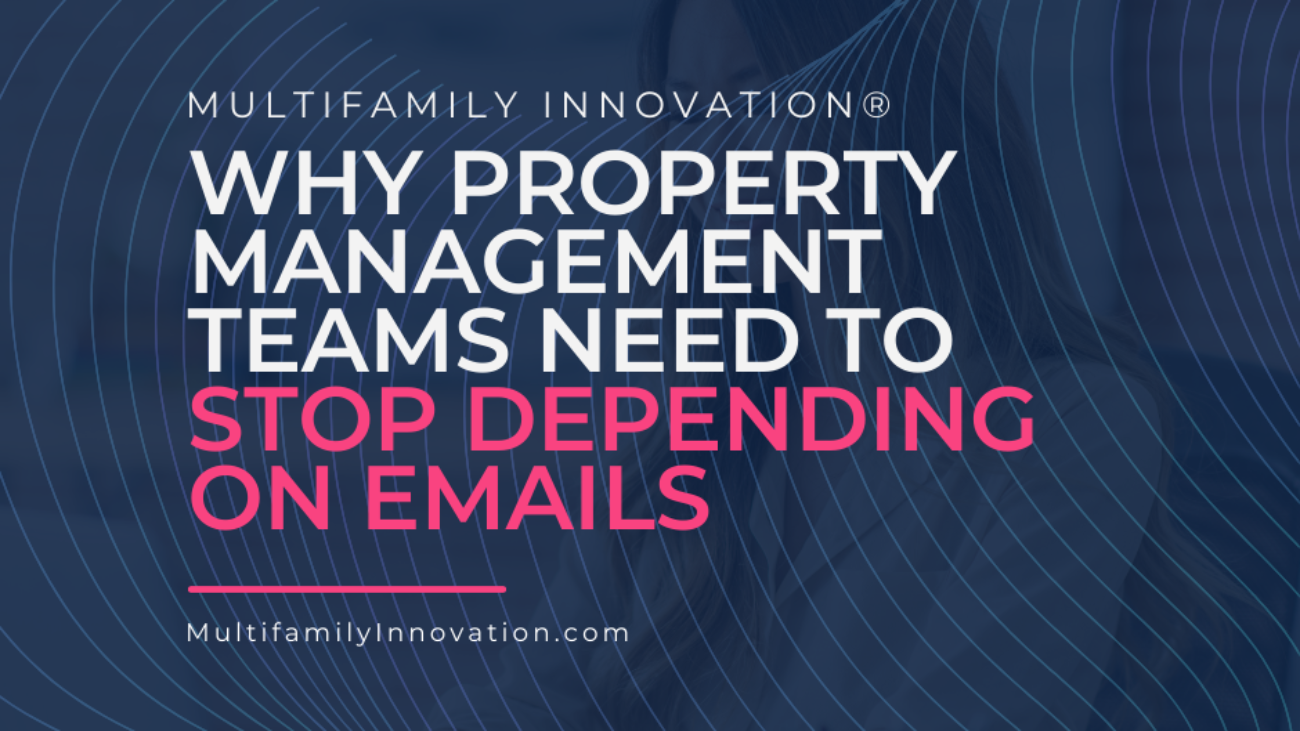
Note: The analysis of the FCC ruling in this article is for informational purposes and should not be considered legal advice. Readers are encouraged to consult with legal counsel before taking any actions based on the analysis in this article.
This article was written to accompany the What Multifamily Leaders Need to Know About the FCC Broadband Ruling event. It is available to watch for free with the rest of our on-demand multifamily events tackling industry problems through our Events page..
The Federal Communication Commission (FCC) made a ruling on February 15, 2022 that changes the landscape of how telecom agreements are arranged with multifamily apartments. The FCC made this decision with the goal of increasing competition in multifamily units for residents. These begin enforcement on September 26th, 2022.
It’s worth remembering that not all of these are new laws. Some are updated interpretations of existing regulations. As a result, these will affect past and future agreements instead of only newly made agreements.
These are based around changes regarding exclusive marketing agreements, tiered revenue shares, and the “Sale and Leaseback” components of some agreements.

Exclusive Marketing Disclosures
Although the FCC does not straight-out ban exclusive marketing agreements, the service provider is now required to notify all current and prospective residents of any such agreement.
Service providers have discretion on how to communicate the details of what this means, but the notices will be included on all marketing materials. Building owners lose any opportunity to influence this if exclusive marketing is part of the agreement.
This does not require immediate action from the property owner or operator, but it is still in the best interest of the owner to rework these agreements as soon as possible into non-exclusive marketing. Very few residents are likely to be happy to hear about any exclusive marketing agreements.
However, not all providers are concerned about how this affects the building owners’ relationships with the residents. The building owners’ relationship with the service provider is the critical reason why service providers may want to renegotiate these agreements to remove this risk from the building owner.
Tiered Revenue Shares
Since the FCC rulings in 2007, multifamily properties have not been able to enter into telecom agreements that include a restriction that prevents other providers from entering a property, previously referred to as “exclusive access” agreements.
With the new 2022 ruling, the FCC found that the “tiered revenue share” model had a very similar effect to the no-longer-permissible “exclusive access” agreements.
Also known as “penetration-based” models, this is when the revenue share paid to owners will change based on the percentage of available residents that service provider has as subscribers. That percentage is known as the “penetration rate”.
Properties should attempt to renegotiate these tiered revenue share models immediately. Service providers are already making decisions regarding if they will pay any revenue share at all, or if they will offer a flat percentage of revenue share regardless of penetration rates on a property-by-property basis.
Waiting for each service provider to tell the building owner what they will pay is not a great idea because the owner does not have any opportunity to argue for better terms. According to the FCC, the provider has no obligation to pay any future tiered revenue share after the changes.
There are strategies that the top telecom negotiators use to encourage renegotiation from reluctant providers. Some of these are difficult to utilize, so it’s highly recommended to talk to an expert to get a better deal.

This directly affects the property owner. Any agreements that include this style of revenue share will need to be reworked or else the property may no longer receive this revenue.
Sale and Leaseback
“Sale and leaseback” arrangements were not permitted under the 2007 FCC rulings. Unfortunately, there is significant debate within the FCC legal community regarding if this restatement of the FCC’s 2007 ruling will have any significant impact.
It is similar to a parent telling a child, “I told you to clean your room. Please do it!” This will probably only be determined as a result of future court cases, so don’t be that owner.
Like the decision on tiered revenue share agreements, this will directly affect the property owner. Any agreements that include this type of stipulation will need to be reworked promptly. Fortunately, most agreements done since 2007 with any major national service provider are unlikely to be a major threat.
Even so, check with a specialist who understands the wiring infrastructure in the exact building. This is a bad time to presume knowledge without a specialist reviewing the agreement and the wiring.
Moving Forward
The deadline to take action on the ruling is September 26th, 2022. That’s only a short time to get critical changes done to important contracts. It’s worth noting that these rulings currently only affect television and telephone contracts, though it’s likely that similar changes will target internet service providers in the future.
As of the writing of this article, service providers nationwide have already been sending change proposals or notices of stopping revenue share payments. Likewise, building owners should expect to see letters to residents in August and September if they have an exclusive marketing agreement so that providers can claim compliance by delivering notices prior to the September 26, 2022 deadline.
The easy way to deal with this is to let the telecom companies contact you and then accept whatever changes they send your way, perhaps with some slight bargaining.
In the end, this route could be leaving tens or hundreds of thousands of dollars on the table and have your residents believe the building’s ownership didn’t care about the services available to residents. This makes now the perfect time to completely renegotiate your contract terms.

For any questions, watch the FCC Changes Q&A meeting we hosted with Mark Weaver, as well as our What Multifamily Leaders Need to Know About the FCC Broadband Ruling on-demand event.
Discussed questions include how the ruling affects bulk services, how to add new providers, how to negotiate high-quality contracts with small properties, and many more.
Have the Experts Negotiate for You
Our client, the Cable Contract Negotiation Group (CCNG), negotiates the best of internet, cable, and telecom agreements. They’re led by Mark Weaver, a telecom industry insider who knows exactly how far providers are willing to go and capitalizes on it in the best way possible for multifamily owners and operators.
Standard real estate lawyers are out of their element in this. They don’t handle this every day. Expert telecom negotiators are the best option for multifamily properties who want to take advantage of these changes, getting better terms compared to even the top 20 national multifamily companies.

